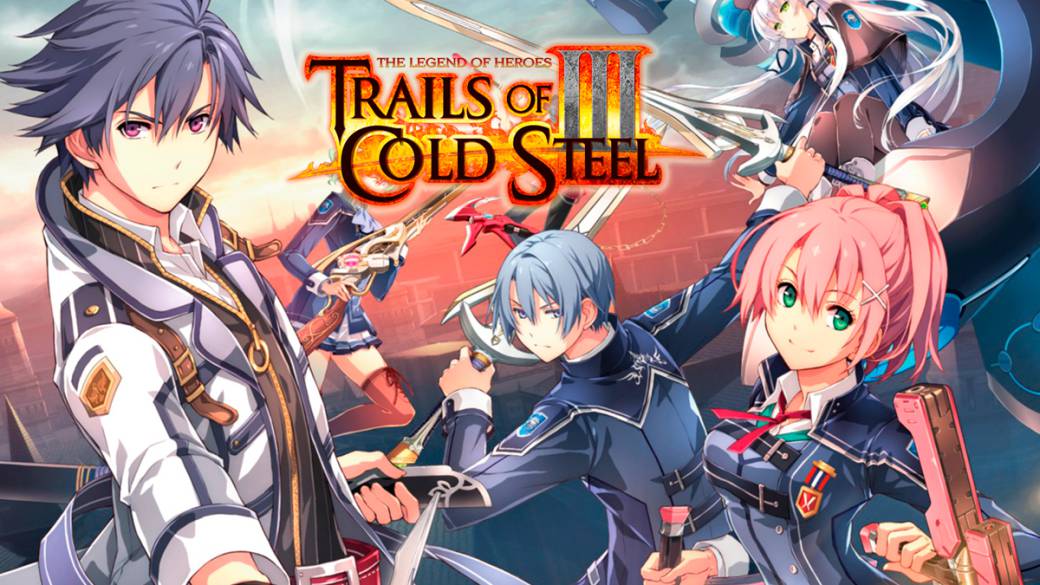
Falcom continues the arch of Erebonia with the third installment of this subsaga that marks the return of Rean Schwarzer with playable graphic and mechanical improvements.
Since the launch in 2012 of the first installment of the Trails of Cold Steel sub-series, in Japan Sen no Kiseki, the series has seen a tangible evolution both in technical aspects and in the development of the plot and characters, in addition to continuing the story told in the games of the Trails in the Sky trilogy although moving the action to another territory, as in this case Erebonia. Rean Schwarzer, its protagonist, along with the cast of his Class VII classmates, have shown a good part of the territories that make up this world, which we have seen remastered for PlayStation 4 this year.
On this occasion, with a considerable delay of two years since its launch in Japan, we receive the third installment of the story that continues Rean's adventures, taking on this occasion the role of instructor in the second branch of the Thors Academy and adding a new group of characters to the plot.
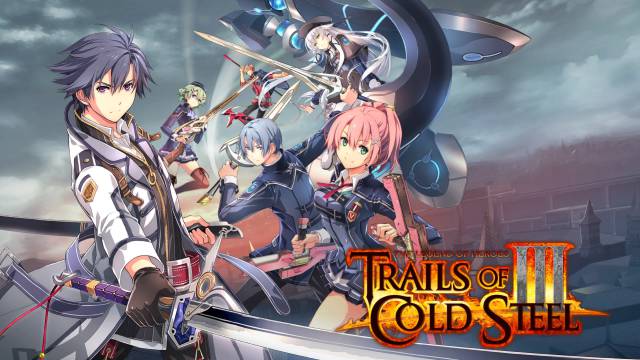
The action of the game is located one year after the end of the previous game. Rean Schwarzer has finally graduated, postponed by the different undercover missions he performs to help within the Empire, and decides to take the position of instructor in the new branch that Thors Academy has inaugurated in the city of Leeves. Upon arrival, he meets with Towa Herschel who has also been assigned to the position of instructor, who introduces him to the rest of the members who will work in the academic tasks: Randy Orlando, former member of the Crossbell state police department, and Michael Irving , member of the Military Railroad Police (RPM). They are joined by Aurelia Le Guin, who was part of the offensive forces of the Noble Faction during the civil war and who is the current director of the academy, and Professor G. Schmidt, principal of weapons developer between the different sides in the previous game conflict that is assigned for the maintenance and supervision of the Panzer Soldats of the academy.
After presenting to the new promotion, students are divided into three classes, of which Rean is assigned to the so-called Class VII Special Issues. Its members are Juna Crawford, a student of the Crossbell police academy, Kurt Vander, a member of the Vander family whose members to date were assigned as protection of the royal family, and Altina Orion, companion in Rean's special missions after the end of the Civil War in Erebonia. After passing an initiation test, Rean and his students will be assigned to different missions throughout the Erebonia Empire, crossing their path with their former companions but also with old enemies that threaten stability and peace in the territory.
The main aspect of this new installment is the renewed aspect that looks in its graphic section, with a more than evident evolution with respect to the last two deliveries, which were designed based on PlayStation 3 and PlayStation Vita. This time you can see more detail and work on the modeling of the characters, much more detailed both in their physiognomy and in their expressions as well as continuing to bet on the anime style so characteristic of the saga, and the environments, more care and with more attention to details that give it more vividness.
The combat interface has been renewed with the introduction of some visual and design improvements that make them much more practical. In previous deliveries the orders were chosen through a wheel system in which you had to turn to reach the desired option and be able to execute it. On this occasion it has been redesigned in such a way that the commands are distributed between the addresses of the digital crosshead and the buttons, so that access is made much faster and simplified when facing the fighting.
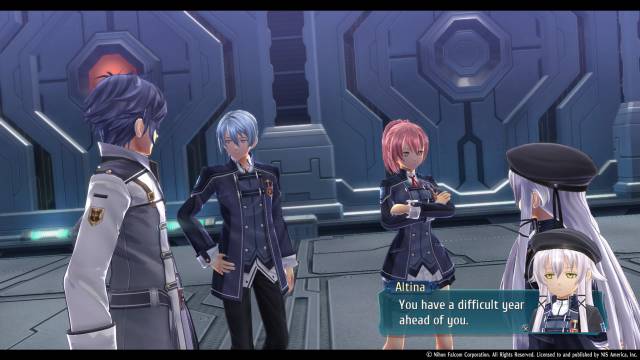
The game's combat system continues betting on the turns with the mechanics introduced in previous games, such as the use of magic (Arts), special attacks (Crafts and S-Crafts) and link systems to make attacks sets between characters and connections together with the whole group, which means that it does not cost much to enter the playable subject of this installment. Among the new options that are added as a novelty is the Brave Order system that allows executing, in exchange for a number of points of the link meter (which accumulate when performing Link Attacks), orders that will provide different effects in combat for a number of certain shifts, after which the order can be executed again. Although at first there will be only two available, throughout the game they will be unlocked new ones, each of them being executed by a group character.
Another novelty is the addition of the Break bar for enemies. This bar shows the resistance of the rival that with each attack received will gradually go down until it empties, which will cause the breakage to enter and the enemy will be exposed to the attacks, which will do more damage if possible, and also that his next Shift takes longer to arrive, although this depends on the type of enemy, this point being the moment they will recover from this state and the bar will be full again. Certain enemies, in a critical state about to be defeated, will enter a state of anger that will make them stronger and restore part of their life bar, but in turn will make them more vulnerable to enter the state of breakage as the attacks will impact more to empty the above bar.
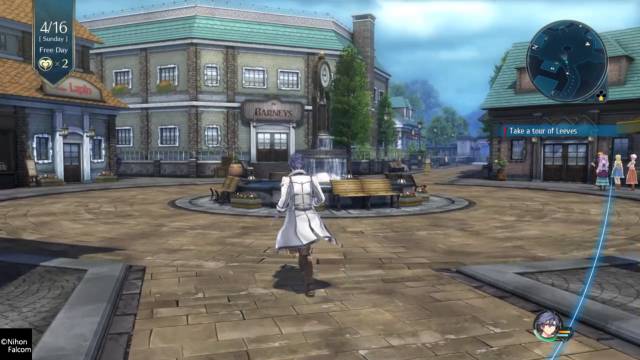
The equipment of each character includes its corresponding weapon, armor and accessories as well as the use of comparable quartzs in the Arcus II, the improved version of the combat device, which allow the use of specific advantages, such as parameter improvements, and Magical abilities (Arts), in addition to the main Master Quartz of each character. However, on this occasion the option of being able to equip a second Master Quartz is included as a support that will allow for the effects for the characters, being able to enjoy their combat skills and gain experience for both orbs, which accelerates the improvement process obtaining same skills when leveling up.
Combats against mechanized armor return in this installment, following a scheme similar to that of the previous game. The big difference is that in this case Rean and Valimar will not be the only ones who enter into combat, but also the rest of the Class VII students who ride their Panzer Soldats will provide combat assistance in training clashes within the academy as well as in those that will take place throughout the game within the development of the plot. They can also be equipped, once the adventure is advanced, with orbs that will improve the different parameters (attack, defense, speed, life, …), taking effect this time in the units that are in combat, and also with support partners who will provide different skills and effects when fighting.
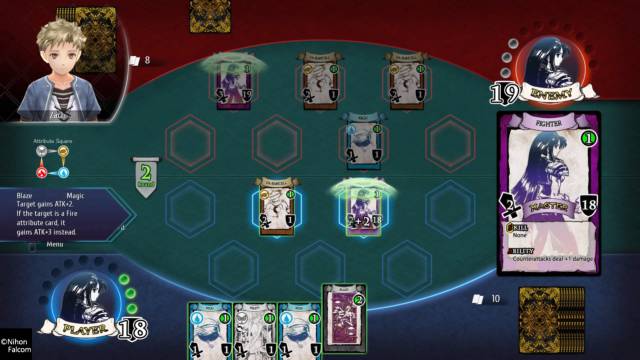
The development of the game follows the same scheme of previous installments, dividing the plot into stretches of time, days and months, in which the action will be developed through conversational sequences of the main plot with the game engine and secondary activities, such as the accomplishment of missions, some of which are essential to advance in the plot, or the events of friendship with other characters, which will require spending the points that will be assigned for each occasion, including as an addition to facilitate this premise the option of buy gifts to the different characters, which will allow modestly increase their level of relationship with Rean. It should be noted that the development of Trails of Cold Steel III is similar to the first game of this sub-series but in such a way that its development does not fall into monotony, largely thanks to the fact that on this occasion Rean will not travel only with his students but accompanied by the rest of the students of the new academy that will make different incursions to various regions of the Erebonia Empire with the special Defflinger train, which serves as a base of operations, to carry out field activities. For its part, the city of Leeves will be the main location of the game at the beginning of each chapter, both for being close to the Academy and for the different realizable activities and places that will facilitate buying objects of various kinds.
Among other secondary activities offered by the game is to perform certain tasks for alumni of Thors who will support Rean. In principle, Munk will need interesting stories for his radio show or Vivi who will request photos of striking landscapes that will be found in different locations of the game. To complete them you will have to use the Arcus II and communicate to both the findings obtained, which will be rewarded with varied objects. In turn, the fishing minigame returns from previous deliveries but this time in a more sophisticated way and less crushing, requiring this time to simply press the circle button inside a wheel that will turn with a bar of different shades, which indicates the rarity of the capture, and again press the same button to collect fishing line, being careful not to throw too much and give up thread, releasing the button, so that the capture does not escape.
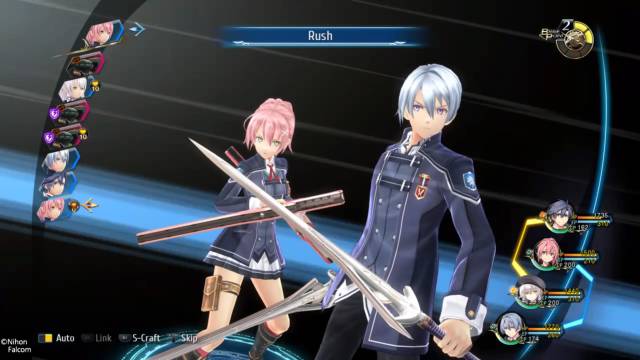
The great novelty in this aspect is the new card game called Vintage Masters, which replaces Blades the game that until now had a presence in the two previous titles, and is much more strategic in its development. The development of the game is carried out through a board with different squares where to place the cards, which are invoked by spending mana points, accumulable through each turn, although they will not be able to perform actions until the next round. The turn is decided by throwing a coin with a smiling face (Rean's turn) and an evil one (opponent's turn). Each player will have a main combat card, with a high attack and defense level unlike the rest of the cards, each player's goal being to defeat the opponent's to win the game. Prior to the start of the game, the deck cards can be configured, having space to configure three possible variants, among which different types of elementary attack and support will be found, which will increase the attack and defense parameters or recover part of life.
Those of elementary type can provide different effects in combat, as is the case of some of the stone element that can improve the defense of adjacent cards, while having weaknesses against other elements following a similar scheme to Stone-Paper- Scissors. Finally, some cards will have special abilities that can be used in combat, spending well as well, and that can help both healing the defense points of a card and providing effects to other cards, such as restriction that prevents the use of the affected card until number of shifts marked. At the end of the game you can get new cards of the defeated characters, which will be dated in the database of Rean's notebook, where the different sections referring to other important aspects of the game, such as character data, fishing, will also be recorded , cooking, books found, etc. At the end of the game you can start a new game through the complete game data, which will open the selectable options to keep the objects obtained (such as equipment, orbs, crafts, …), unlock new costumes or have the maximum points for affinity events among additional ones.
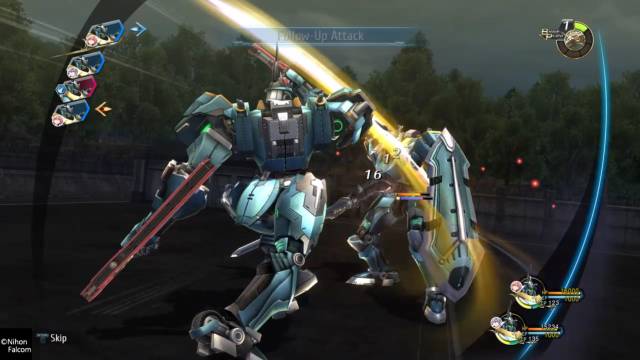
Going to value the game in the playable section, it should be said that its scheme is reminiscent of the development of the first game in the series with the difference that in this case the formula is better carried and does not fall into monotony. The improvements that the game presents in terms of gameplay, both in the combat system and the different activities and mini-games that it offers in addition to the development of the plot, manage to keep the interest in the game until its conclusion.
In the sound section we have again a selection of high quality songs from the hand of the Falcom Sound Team jdk, which already starts with the theme that sounds at the beginning of the prologue of the game, Solid as the Rock of Juno, shows what will accompany to the action of the game. From calm themes after the school day, Pancake on the Way Home from School, like much more sugarcane ones, such as Doomsday Trance, to the vocal theme of the game, Beyond the Journey, and even the appearance of themes from other games, the variety that offers in this aspect is wide and very well chosen. Regarding the voices, the game offers voice selector for dubbing in English or listening to the original in Japanese.
CONCLUSION
Both for the improvements in the playable and the technical section, thanks to the new graphic engine that sports this delivery, Trails of Cold Steel III results in the best delivery of this series to date, helped, in addition to these aspects, by a Interesting plot and its cast of characters, both the members of the old Class VII and the new additions, which take more prominence in the development of it.
THE BEST
- Graphically it offers a notable improvement over previous deliveries, both in the modeling of the characters and in environments.
- The characters, which both on the part of those already known and the new ones, result in an interesting development of the plot.
- Excellent musical section, with musical tracks of different variety and styles.
- Remarkable playability, thanks in large part to maintain the classic scheme of previous deliveries but with improvements.
WORST
- It is not translated into Spanish
- Few changes in friendship events
Excellent
A benchmark title in its genre, which stands out above its competitors and that you will enjoy from beginning to end, surely several times. A game destined to become a classic over the years.
